In the shimmering digital realm of virtual idols, where synthesized voices and animated personas captivate global audiences, a crucial yet often overlooked role exists behind the scenes: the voice tuning artist, or "tuner." While the virtual performer—be it Hatsune Miku, Luo Tianyi, or Kizuna AI—takes center stage, it is the tuner who breathes life into their vocals, transforming raw synthetic audio into emotive, dynamic performances. This role, a blend of technical mastery and artistic intuition, is fundamental to the music production process for virtual idols, yet it remains shrouded in relative obscurity outside niche producer communities.
The term "voice tuning" might evoke images of simple pitch correction or audio tweaking, but in the context of virtual idols, it encompasses a far more complex and creative process. Virtual idols are typically powered by voice synthesis software such as Vocaloid, CeVIO, or Synthesizer V, which generate singing voices based on input lyrics and melodies. However, the default output from these systems often sounds robotic and expressionless. This is where the tuner steps in, meticulously adjusting parameters like pitch, vibrato, dynamics, and phoneme timing to inject emotion, clarity, and personality into the performance. It is a painstaking task, akin to a digital sculptor chiseling away at a block of sound to reveal a human-like vocal performance beneath.
Who are these tuners? They are often musicians, sound engineers, or producers themselves, deeply embedded in the world of digital music creation. Many operate under pseudonyms or remain entirely anonymous, preferring to let their work speak for them. Some gain renown within producer circles for their distinctive styles—whether it's crafting powerful, rock-style vocals or delicate, whisper-soft ballads. For instance, notable Vocaloid producers like kz (Livetune) or DECO*27 are known for their expert tuning skills, which have become signature elements of their music. However, for every famous name, there are countless unsung heroes working behind the scenes, often collaborating with studios or independent creators to bring virtual idol projects to life.
The tools of the trade are as specialized as the role itself. Tuners rely heavily on digital audio workstations (DAWs) like Cubase, Studio One, or FL Studio, paired with voice synthesis plugins. Within these environments, they manipulate a plethora of parameters: pitch bends to correct inaccuracies or add expressive slides, vibrato depth and speed to emulate natural vocal fluctuations, dynamics to control volume and intensity, and phoneme editing to ensure clear pronunciation and emotional nuance. Some even use custom scripts or additional software to automate certain tasks, though the core of tuning remains a manual, ear-driven process. It requires not only technical proficiency but also a keen musical ear and an understanding of vocal performance—how a human singer might phrase a line or convey feeling.
Why is tuning so critical? At its heart, virtual idol music thrives on the illusion of authenticity. Audiences connect with these characters not as cold, digital constructs but as performers with unique voices and emotions. A poorly tuned track can shatter that illusion, making the vocals feel artificial and disconnected. In contrast, skilled tuning can make a virtual idol sound joyous, heartbroken, defiant, or vulnerable—emotions that resonate deeply with listeners. This emotional conveyance is what transforms a simple melody into a hit song, fostering fandoms and driving the cultural phenomenon of virtual idols. It is the tuner's artistry that bridges the gap between code and soul, making the impossible seem real.
Despite its importance, the tuner's role is frequently undervalued or misunderstood. In many commercial projects, tuners are hired as freelance contractors with little public recognition, their contributions overshadowed by the virtual idol's brand or the primary producer's name. This anonymity is sometimes a choice—a preference for focusing on the craft rather than the spotlight—but it also reflects a broader industry trend where technical roles lack visibility. However, within dedicated fan communities, discerning listeners often praise and discuss tuning quality, celebrating tuners who elevate their favorite songs. Online platforms like YouTube, Nico Nico Douga, and forums serve as spaces where tuning techniques are analyzed, appreciated, and debated.
Looking ahead, the future of voice tuning is poised for evolution. Advances in AI and machine learning are beginning to automate some aspects of tuning, with new synthesis engines offering more natural default voices. Yet, rather than replacing human tuners, these technologies may empower them, reducing tedious tasks and freeing up time for creative experimentation. The demand for high-quality, emotionally compelling virtual idol music continues to grow, ensuring that tuners will remain indispensable architects of digital dreams. Their work, though hidden, is the silent heartbeat of every virtual idol's song—a testament to the fusion of art and technology that defines this innovative musical landscape.

By /Aug 22, 2025

By /Aug 22, 2025

By /Aug 22, 2025
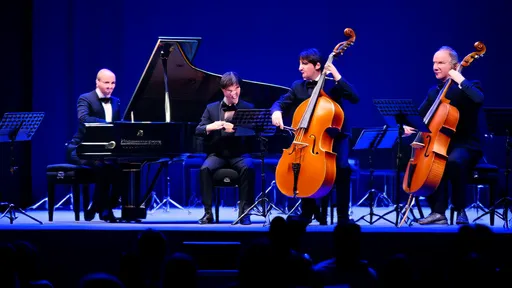
By /Aug 22, 2025
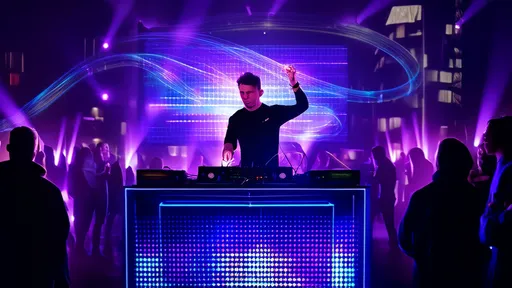
By /Aug 22, 2025

By /Aug 22, 2025

By /Aug 22, 2025

By /Aug 22, 2025

By /Aug 22, 2025

By /Aug 22, 2025
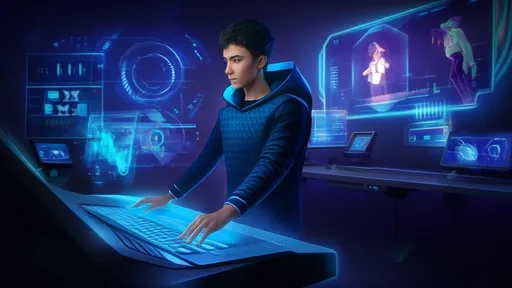
By /Aug 22, 2025

By /Aug 22, 2025

By /Aug 22, 2025
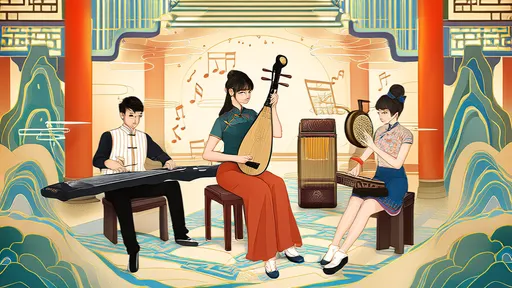
By /Aug 22, 2025
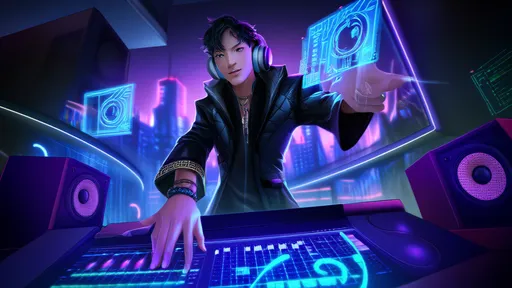
By /Aug 22, 2025
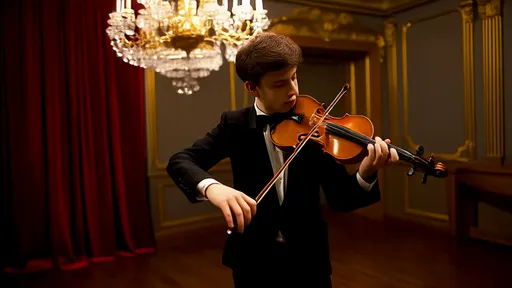
By /Aug 22, 2025
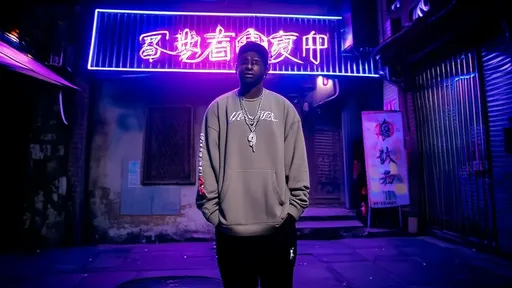
By /Aug 22, 2025
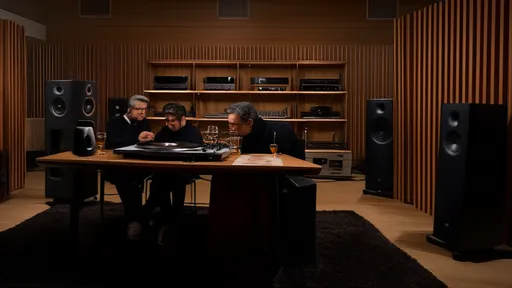
By /Aug 22, 2025

By /Aug 22, 2025
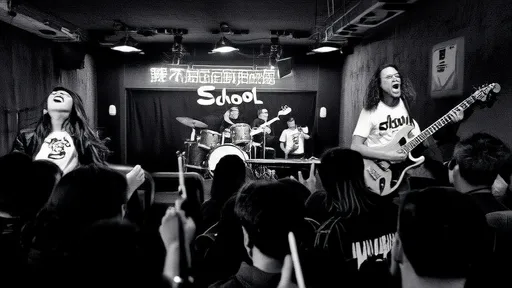
By /Aug 22, 2025